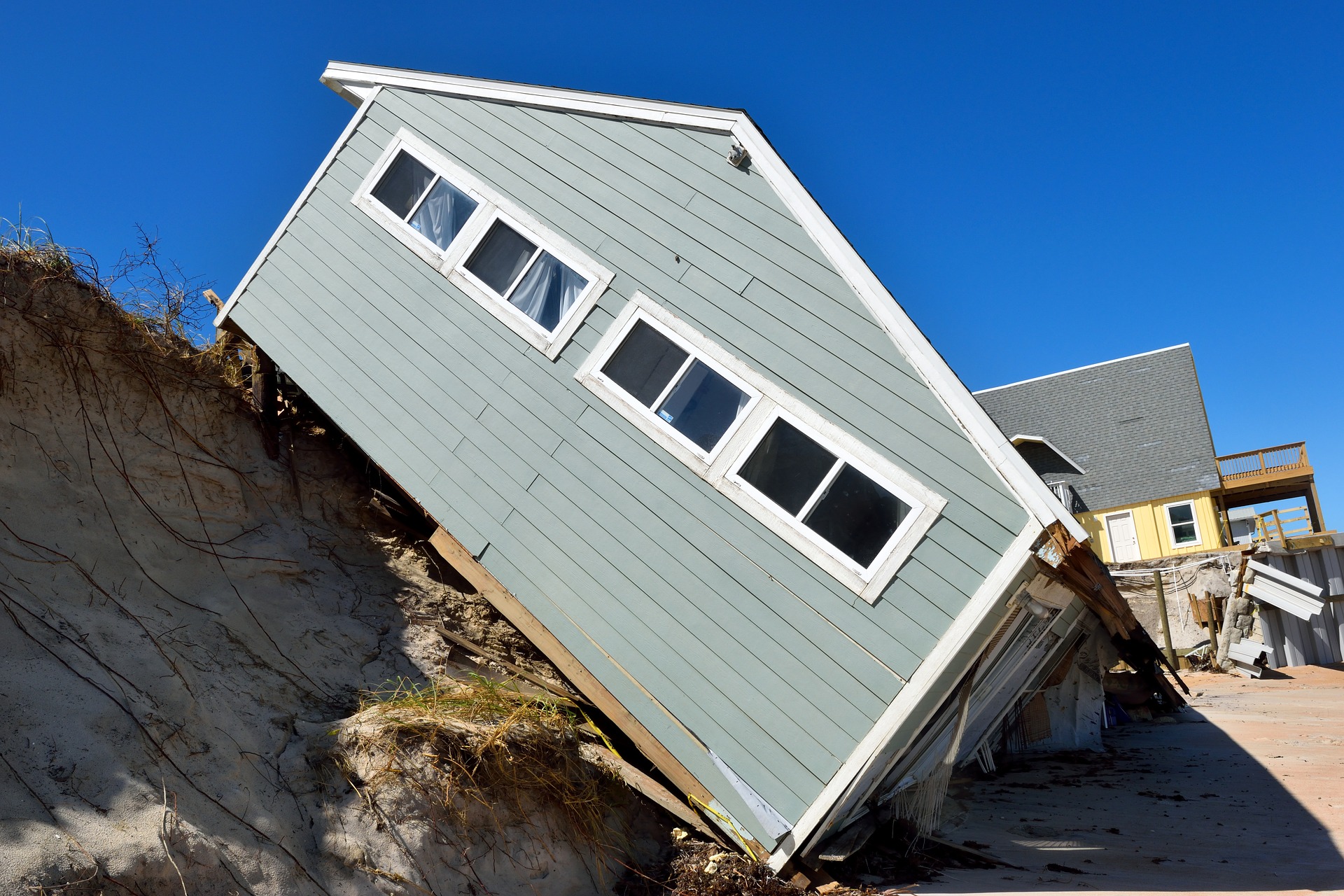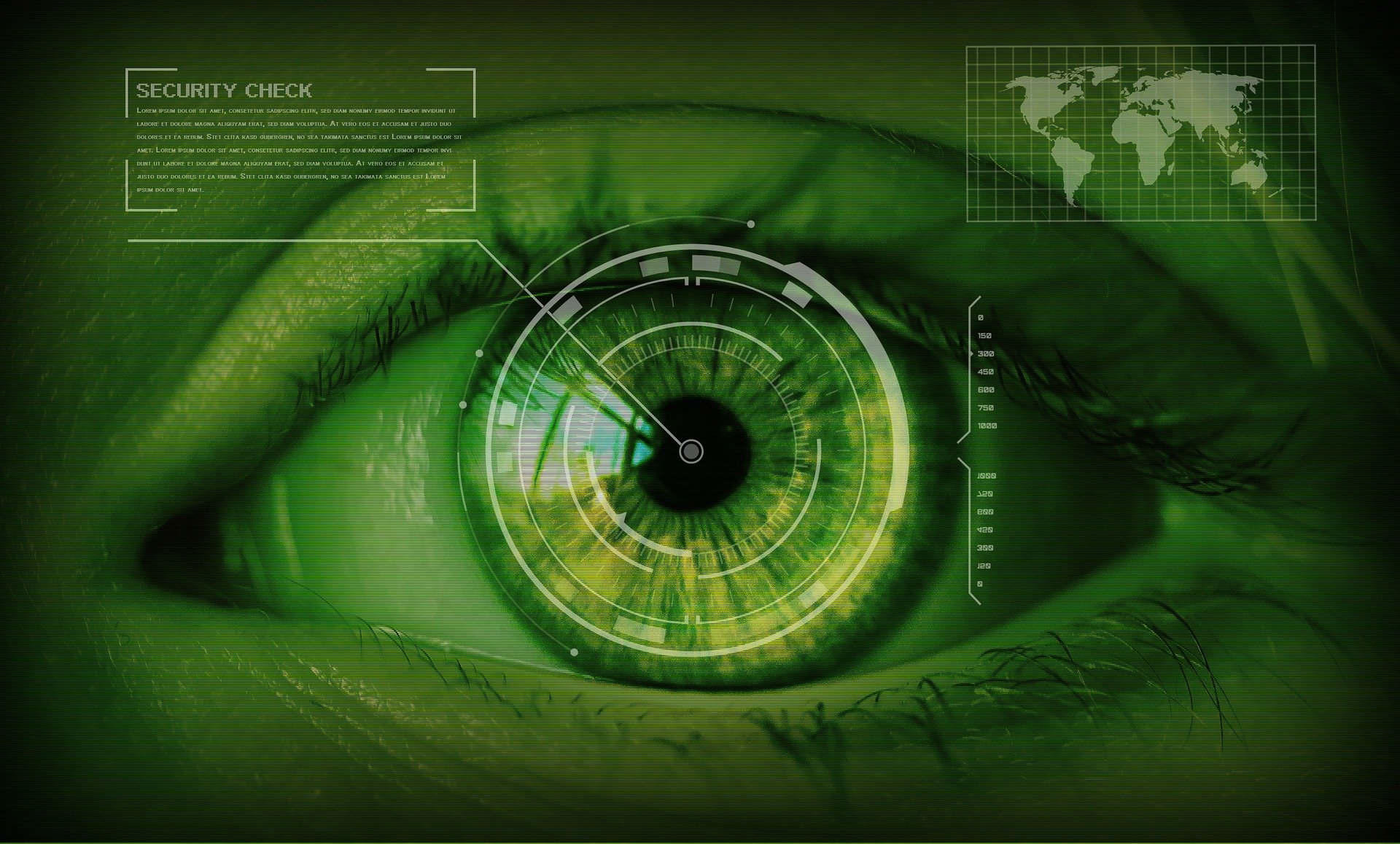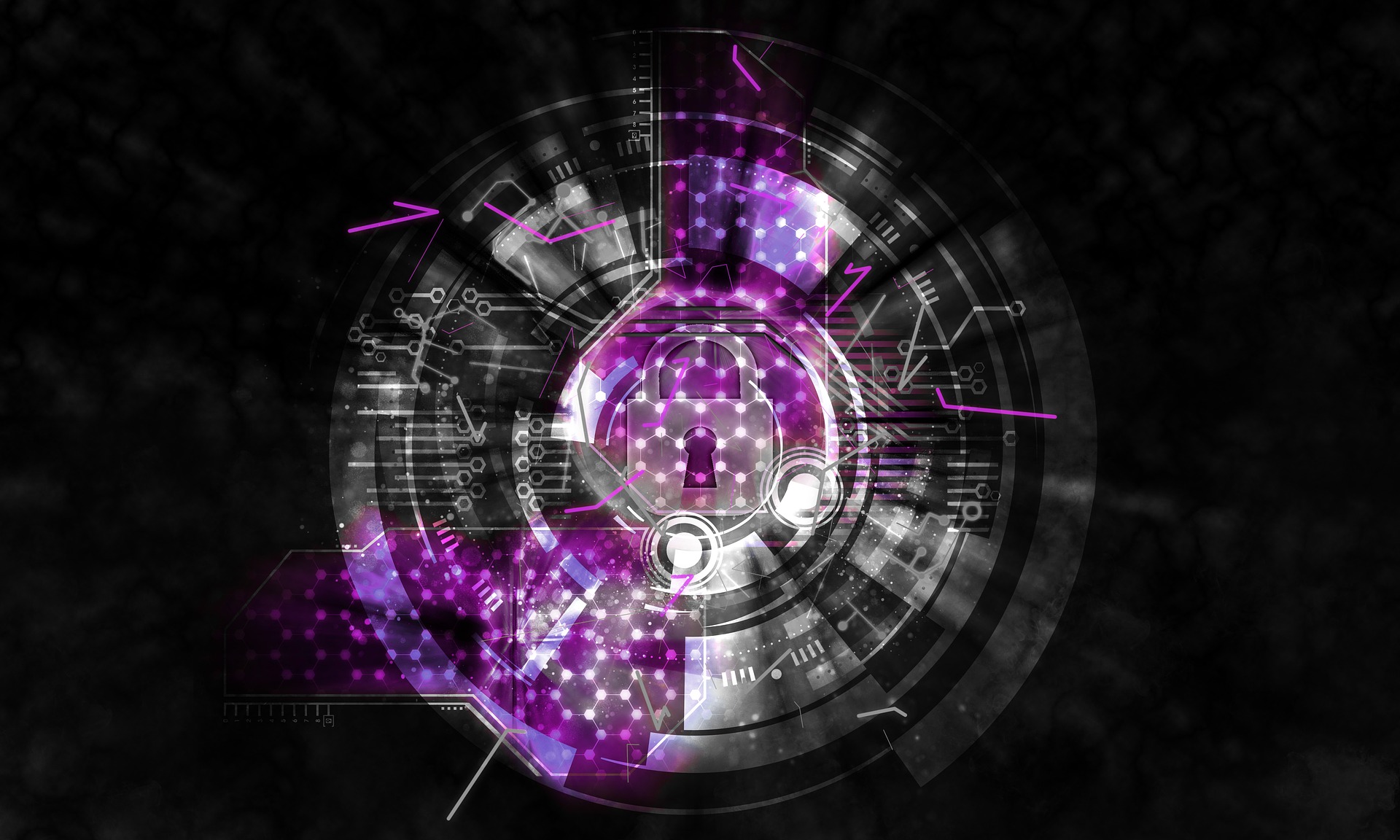The standard covers both the immediate response to the incident and the program for reinstatement, including raising awareness; engaging the relevant agencies; managing the progress, progress monitoring and communicating with those affected. It includes incident action plans, recovery strategies, communication and documentation. It provides further guidelines and checklists to help you correctly:
- Document the incident
- Establish crisis communication
- Recruit the right people
- Identify appropriate and safe methods
- Hire the right service provider
- Save and secure evidence
- Reduce disruption
What is this standard about?
This standard is designed to help people respond effectively when an accident or crime has caused damage to property or other assets. It applies to a wide range of incident types, including fires, floods, contamination and explosions. It does not advocate specific technologies or methodologies, but rather identifies generic processes applicable to all these incidents.
Who is this standard for?
Compiled in line with good risk management practice and insurance principles, BS 12999 is for individual damage management practitioners or organizations.
It’s also relevant to anyone who might be affected by damaging incidents, including:
- Property owners
- Emergency responders
- Insurers
- Facilities management
- Government departments and local authorities
Why should you use this standard?
It outlines how to reinstate property and assets, providing much needed support to those affected. It supplies:
- Best practices to stabilize, mitigate, remediate and restore damage
- A simple method to establish whether these activities have been conducted well
- A guide to communication between parties who should be aware of an incident’s status
Benefits of this Standard
The obvious benefit of this standard is that BS 12999 will help people and organizations respond effectively to property damage incidents. While damage incidents are relatively rare, they can cause considerable disruption to individuals and businesses and, as a result, significant additional expense. Reducing these costs and getting on with business is a key benefit of an effective damage management response.
The way damage incidents can be managed can have a major impact on individual lives, businesses, communities, property and the environment. Decisions made at the start of an incident can have a significant effect on its outcome, and those affected. BS 12999 helps by providing important guidance to help individuals and organizations manage their response well.
Who can use BS 12999?
Anyone who needs to respond to property damage incidents. As well as damage repair contractors, this includes: owners and occupiers of properties, facilities and other assets, emergency service providers, local authorities, demolition contractors, insurance companies, and those tasked with communication.
How will this Standard help you?
If you’re involved in managing damage incidents or affected by them, it encourages good practice, and raises the profile of damage management in your organization. It also can help you to do things differently, such as reducing disruption to individuals and businesses, and optimizing costs.
How is this Standard described?
This Standard describes an approach to managing the aftermath of damaging incidents, focusing on reinstatement of affected properties and assets. It is applicable to the whole damage management cycle: the identification of urgent activities, the response, and ongoing communication and monitoring of the situation.
What are the benefits?
Benefits of BS 12999: 2015 is that it Limits disruption to affected parties and minimizes risks to individuals and businesses. It can be used to help control damage incidents by ensuring that all parties are aware of key stages and actions are taken in a logical order. It is designed to be used with insurance principles and risk management practices to help in the reinstatement of affected properties and assets.
Managing damage incidents well helps to reduce disruption and can optimize costs, such as time, resources, money, and reputation. Good practice that demonstrates a capability for managing damage incidents well can give confidence to decision makers and other external stakeholders, and may help businesses and individuals to be selected to fulfill particular roles.
How can you use BS 12999:2015?
It’s designed to provide support for organizations involved in damage management. It can help you to develop effective and efficient programs for damage incident response, be more aware of the implications of damage incidents, engage effectively with your stakeholders, and perform better in relation to others who are undertaking these skills.
If you’re already using this Standard, or if you haven’t yet, this would be a good opportunity to start to improve your performance in a very practical way.















